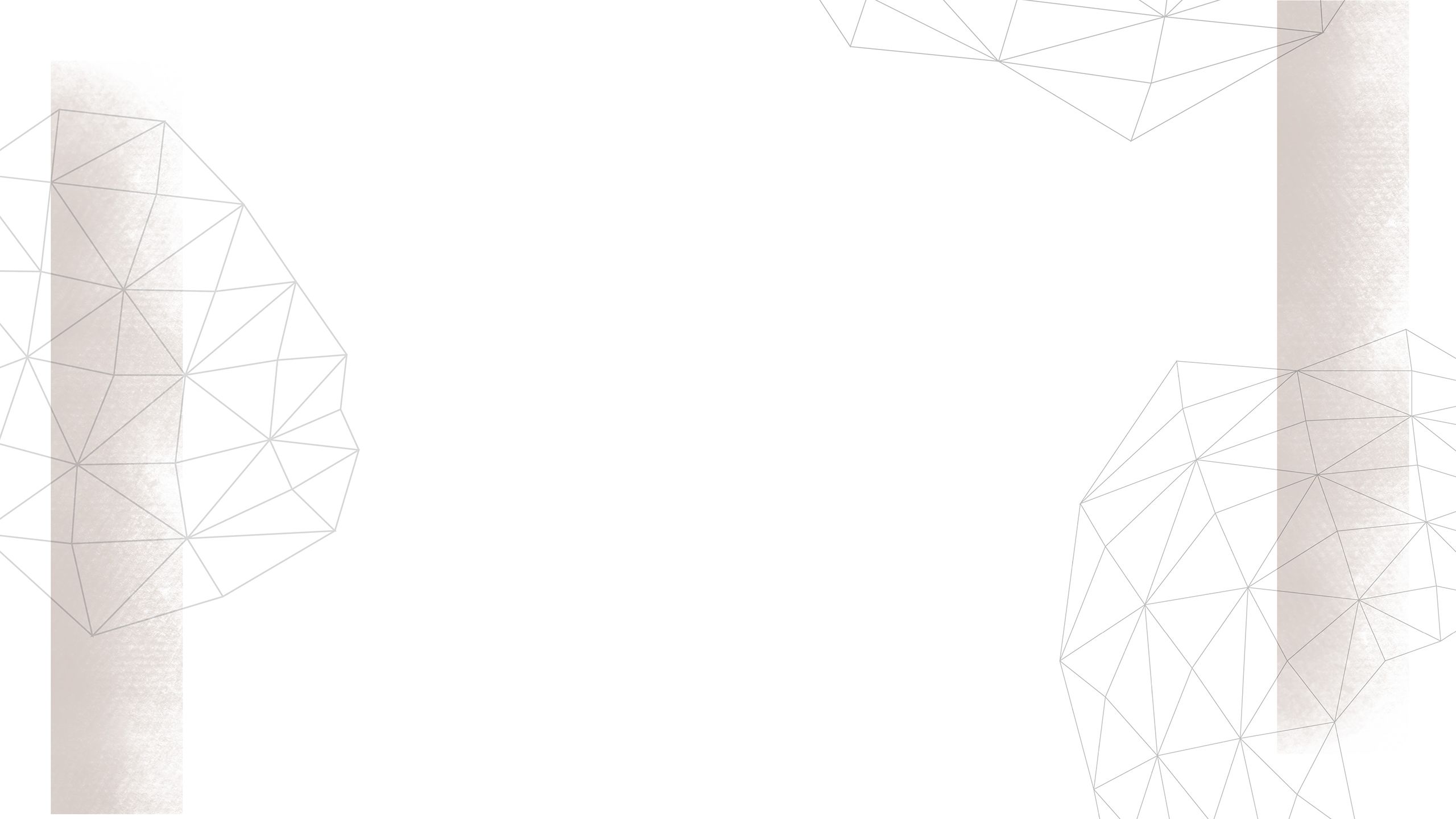I’m Still Me
Sabah Zaulifqar

About Sabah
I work as a Chief Maxillofacial Prosthetist/ Reconstructive Scientist at Leeds Teaching Hospitals NHS Trust.
Since the field of Maxillofacial Prosthetics is very niche, with fewer than 200 of us in the profession across the country, the inspiration for coming into the role was being in the right place at the right time to learn about it.
It started with a family friend that was a dental technician, which is the base degree that needs to be completed before the additional qualifications for the Maxillofacial Prosthetist role. Then whilst at university, a lecturer told the whole year group about their work in underprivileged communities abroad.
I really wanted to be in a role where I had direct contact with patients and the combination of clinical and technical work suited my skills. No two days look the same which is great because it keeps me engaged and allows for a creative, thoughtful process to occur, so that challenges can be overcome and each patient’s needs can be met.
Sabah’s work

Sometimes working with patients who are going through cancer treatment can be emotionally demanding, especially if they are receiving palliative care. Generally, however, patients come to us when they have completed their cancer treatment.
A patient will attend around five hour-long appointments to make a facial prosthesis, so we get to know them quite well and it gives the patient a chance to reflect on their journey too. I would hope they would find the clinic a safe space to be around people without judgement of physical appearance however they present post- treatment. Whilst I cannot replace what was naturally there, I hope the effort we put in to make a facial prosthesis goes some way in improving their quality of life.
Sabah at her work by Tracy Ireland (watercolour, gouache and pastel) 46 x 46 cm
Sabah at her work by Tracy Ireland (watercolour, gouache and pastel) 46 x 46 cm
Digital technologies such as facial scanning to replace a traditional impression can help improve the patient experience – having an impression taken is uncomfortable and heavy! We also have a digital record of the scan and prosthesis design which can be accessed whenever needed. Technology such as 3D printing can also help speed up the laboratory process in creating a prosthesis. However, there is some way to go to improve the accuracy of scanning, and to produce 3D prints that biodegrade but are still of high quality.
The IMPRESSeD study

I took part in the IMPRESSeD study as an investigator and made facial prostheses for the study. Innovation in the field is incredibly important in finding new, evidence-backed ways to improve workflows and the patient experience, and reduce the cost pressures on the NHS.
What key message do I hope I’m Still Me will share with the public? Patients’ lives are changed forever having gone through such difficult yet life-saving treatment. I would love for patients to see acceptance of the new way they look, from all walks of life. I hope I’m Still Me opens up discussions to help change the way differences in physical appearance are perceived by the public.
Tell us what you think
We would value your views on the I’m Still Me project.
Please take a few moments to complete our feedback form.
